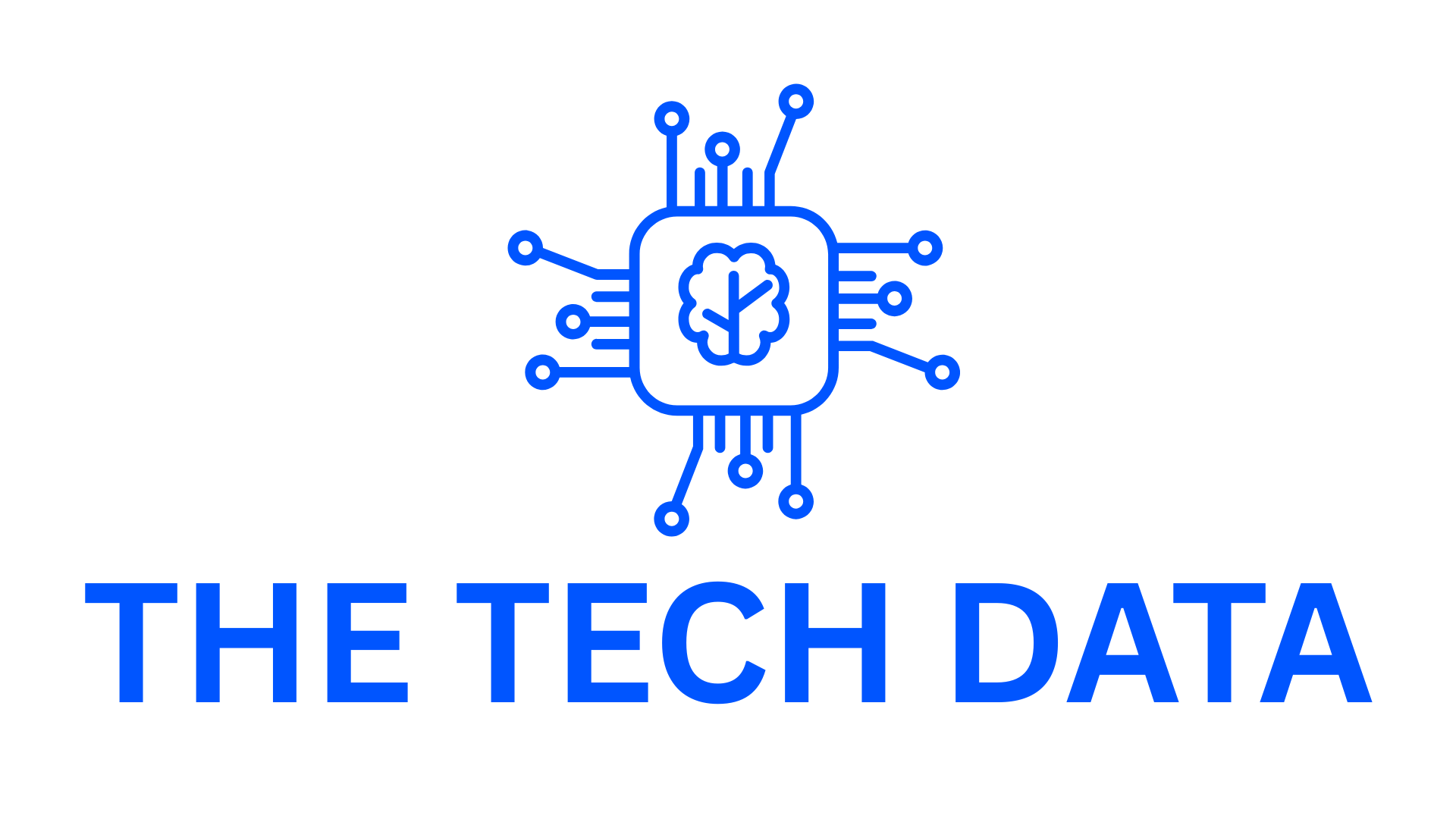How AI is Reshaping Student Search Behavior—and Why Universities Must Adapt to Stay Visible
The way prospective students search for higher education programs has undergone a seismic shift, and universities are feeling the impact. According to Everspring’s 2025 AI Search Trends Report, which analyzed over 450,000 real student search interactions across more than 60 academic programs, artificial intelligence tools like ChatGPT are fundamentally altering how students discover information about colleges and universities. These changes are collapsing traditional models of digital visibility, leaving many institutions struggling to adapt.
In the past, securing top rankings on Google or investing heavily in paid ads was enough to drive traffic to university websites. Today, however, AI sits between students and the answers they seek, reshaping the discovery process entirely. For higher education institutions that fail to respond, the result is a dangerous decline in visibility—and enrollment.
The Rise of AI as the First Stop for Student Searches
One of the most striking findings from Everspring’s report is that two-thirds of people now turn to AI tools like ChatGPT before using traditional search engines. Among younger audiences aged 18–24, this trend is even more pronounced—nearly half of ChatGPT users fall into this demographic, more than double Google’s share. For today’s prospective students, discovery begins with AI-generated responses rather than organic search results or paid advertisements.
This shift has profound implications for universities. As Beth Hollenberg, Chief Executive Officer of Everspring, explained, “Search behavior has changed—and universities are disappearing from view. Effective marketing starts and ends with the human experience. Prospects are now using AI to get answers tailored to their specific needs. Universities that don’t respond to these changes will become invisible, while those who adapt have an opportunity to turn AI into a competitive advantage.”
The Collapse of Traditional SEO and Paid Search
The dominance of AI-generated answers is sidelining traditional SEO strategies and rendering paid search increasingly unreliable. Key findings from the report highlight the extent of this disruption:
- AI Overviews Dominate Search Results: Google’s AI-generated summaries now appear in the majority of question-based searches, pushing organic listings and paid ads further down the page. For longer or more specific queries, AI answers dominate entirely.
- High Rankings No Longer Guarantee Clicks: When AI Overviews are shown, click-through rates (CTR) to top-ranked university pages plummet by 70–90%. Even institutions with strong SEO rankings are losing visibility if they don’t appear in the AI summary.
- Paid Search Costs Soar While Returns Decline: The average cost per click (CPC) for higher education terms has surged by 45% year-over-year. At the same time, click-through rates are falling sharply, especially when AI Overviews are present. Institutions are paying more for ads but seeing diminishing returns.
These trends underscore a harsh reality: traditional methods of attracting prospective students are no longer sufficient. Universities must rethink their strategies to ensure they remain discoverable in an AI-driven search landscape.
Why This Shift Matters for Higher Education
Much of the conversation around AI and search has focused on tools, but Everspring’s report shifts the focus to people—specifically, how prospective students are changing their habits and what that means for universities’ ability to attract, engage, and enroll students.
As Michael Bell, Chief Marketing Officer of Everspring, noted, “Higher ed enrollment marketing teams have spent years optimizing for Google, but the rules of discovery have changed. If your programs don’t show up in AI results, your institution effectively disappears. It’s not just a marketing problem; it’s an existential threat.”
For universities, the stakes are high. Visibility in AI-generated responses is now a critical factor in being found, considered, and ultimately chosen by prospective students. Institutions that fail to adapt risk losing out to competitors who embrace this new era of search.
Turning AI into a Competitive Advantage
While the challenges posed by AI are significant, they also present opportunities for forward-thinking universities. By understanding how students interact with AI tools and tailoring their content to align with these behaviors, institutions can position themselves for success. Here are a few strategies highlighted in the report:
- Optimize for AI Responses: Ensure that your institution’s content is structured in a way that AI tools can easily interpret and include in their summaries. This includes clear, concise answers to common student queries and well-organized FAQs.
- Leverage First-Party Data: Use insights from first-party data to understand what prospective students are searching for and tailor your messaging accordingly. Personalization is key to standing out in an AI-driven world.
- Invest in Content Creation: High-quality, relevant content remains essential. Focus on creating resources that address the specific needs and questions of your target audience, increasing the likelihood of appearing in AI-generated responses.
- Adopt AI Tools Yourself: Consider integrating AI-powered tools into your marketing strategy to better understand and predict student behavior. This can help you stay ahead of trends and refine your approach over time.
A Wake-Up Call for Higher Education
Everspring’s 2025 AI Search Trends Report delivers a clear message: the old playbook for higher education marketing is no longer effective. With AI reshaping how students search for information, universities must evolve or risk fading into obscurity. By embracing these changes and adapting their strategies, institutions can not only survive but thrive in this new era of search.
For enrollment marketing teams navigating a competitive and fast-moving environment, the report offers an urgent roadmap for action. Understanding where student behavior is headed—and what steps to take next—is essential for maintaining visibility, driving engagement, and securing long-term success in the age of AI.





